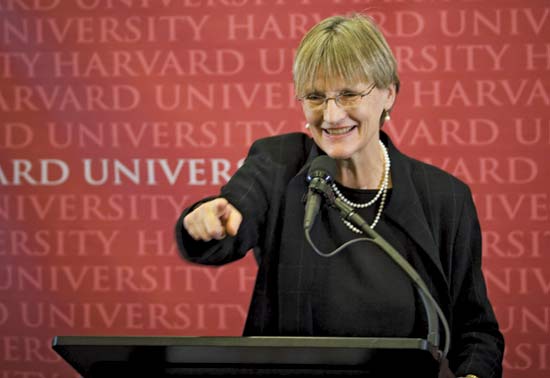Higher education has a diversity problem. I suspect most of us know that higher education leaders are often older, white men. Recently, the American Council on Education (ACE) released the long-awaited report, American College President Study 2017. The ACE president studies are the most comprehensive available and provide a wealth of insights into the presidency. In a series of posts, I am going to consider the major findings of the study and the implications for higher education. In today’s post, I will examine the demographics of college presidents to see how far we’ve come and how far we have to go.

The American College President Study is based on survey responses from 1,546 presidents and chancellors from various types of higher education institutions.
This national survey of presidents is administered by ACE and offers the most detailed and long standing information regarding presidents.
The survey regularly captures demographic data, career trajectories, and the major duties and responsibilities in addition to more timely questions such as around political climate.
ACE found several key demographic trends that warrant further attention and response from higher education.
Women and minorities remain underrepresented
Only 30.1% of presidents are women. This represents an increase over 2011 (the previous study) that found 26.4% women. The percentages across sectors were fairly similar with 23% of public institutions led by a woman compared to 20% of privates. Of note, associate’s institutions showed the most progress with 36%.
Racial and ethnic minorities represented 16.8% of presidents, a number that obviously declines if you do not include minority serving institutions. This percentage was an increase from 2011’s 12.6% and changed the decline that occurred when 13.6% of presidents were minorities in 2006.
The ACE study rightly points out that one of the problems with substantially moving these numbers is the heavy preference given to experienced presidents. If the experienced presidents pool is heavy with white men, you are going to have a hard time creating the kind of change needed in the diversity of college presidents.
Presidents are getting older
College presidents continue getting older. This trend is particularly true at master’s institutions where the average age was 63. Average age has maintained the trend from 59.9 in 2006 to 60.7 in 2011 to 61.7 in 2016. A consequence of this aging is that 54% of presidents report that they will leave in the next 5 years. The trend of aging and a desire for experienced presidents will keep occurring until institutions and boards are left with a smaller and smaller pool of candidates to choose from. I wonder if we are going to approach this tipping point sooner than later?
A change in career trajectories
One sign that many faculty will like to see in the report is the move away from non-traditional college presidents. These types of presidents still get a lot of buzz, but it seems the trend is moving against these candidates. In 2016, 18.8% of presidents had never been a faculty member down from 30.4% in 2011. This is one of the more significant changes I noted in the 5 years between surveys. Along the same lines, the percentage of presidents whose previous position was outside higher education decreased from 20.3% in 2011 to 15%. Instead, the growth appears to be in presidents whose previous position was a senior campus executive other than chief executive officer such as a chief development officer or chief financial officer.
Given much of the trend for non-traditional presidents stemmed from a supposed experience running businesses, it would seem the switch to other campus executives acknowledges the potential folly of a president without recent higher education experience. Moreover, a CFO likely is in a better position to help the university’s financial outlook more than someone who has to learn nearly everything about an institution. I’m pleased to see boards are starting to learn the non-traditional hire isn’t the best way to go.
Future opportunities
The overwhelming percentage of presidents agreed in the need to put initiatives into place to develop a diverse leadership pipeline in higher education. With potentially more openings in light of pending retirements in the next few years, the opportunity presents itself to significantly move the needle to diversify the presidency. The demographics of college presidents are moving in the right direction overall, but far too slowly for the kind of change we need. Coupled with boards looking again to candidates with higher education experience, we have the potential to be entering into an era of significant movement to bring women and minorities into higher education leadership.

